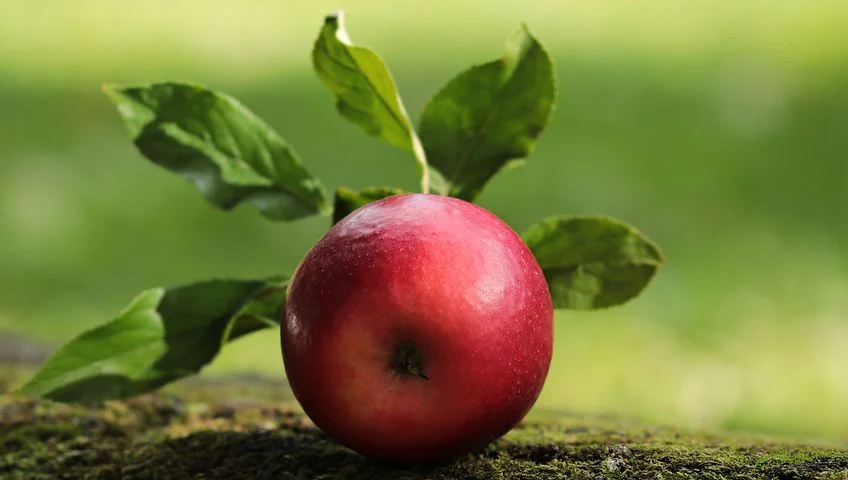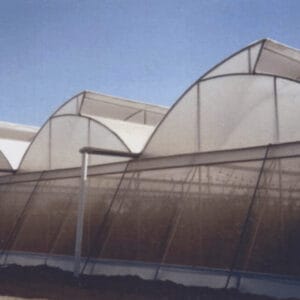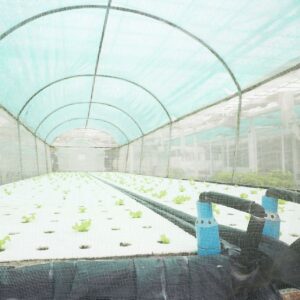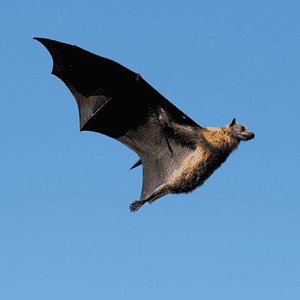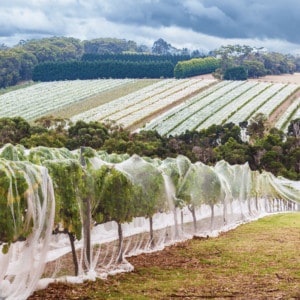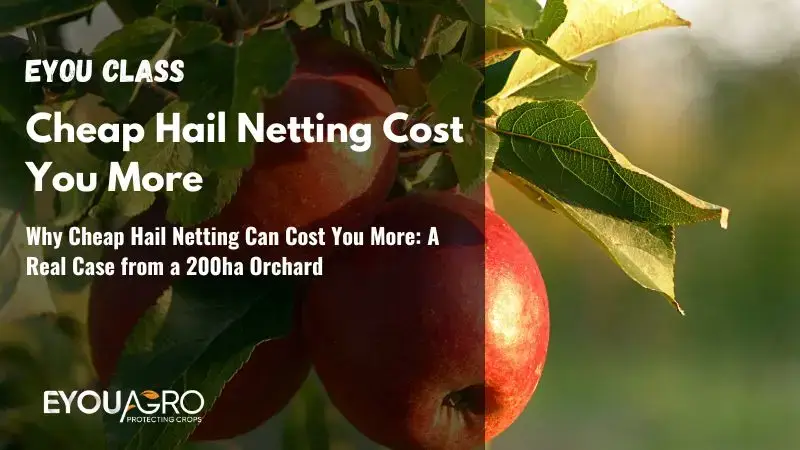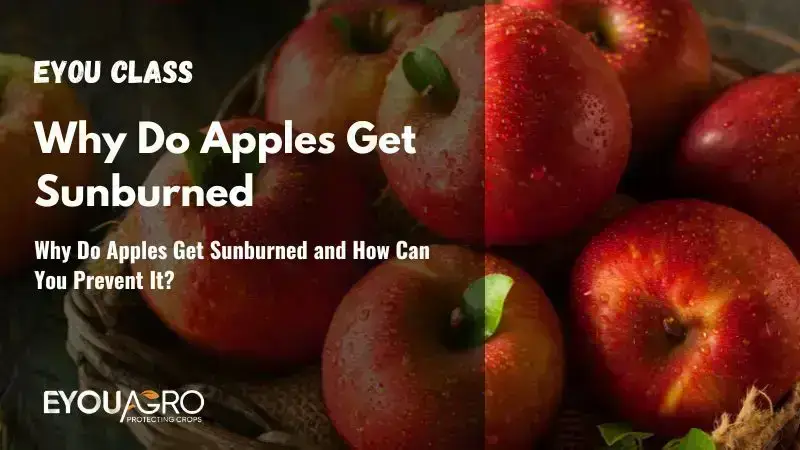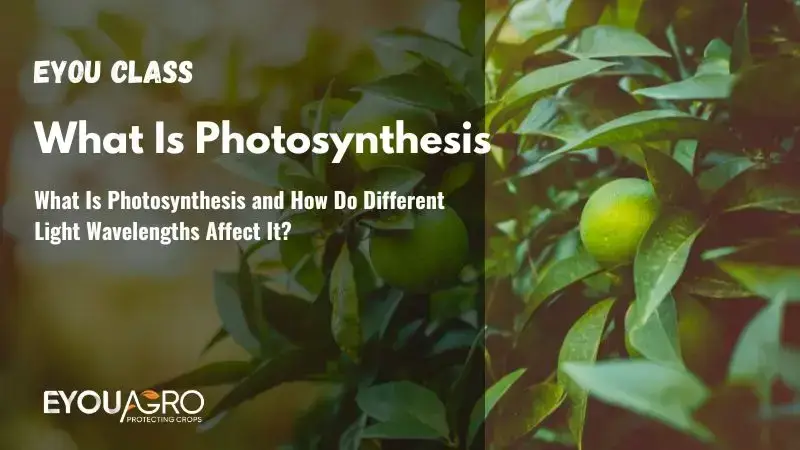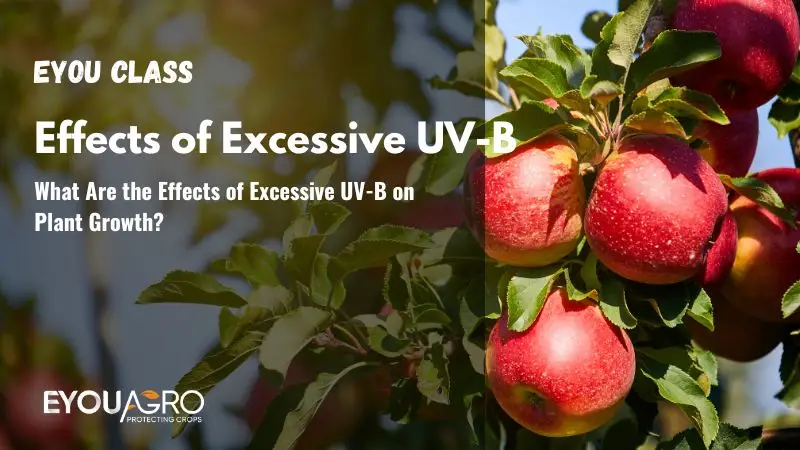If your trees and shrubs have never produced fruit, they may be young to do so. It’s customary to wait two to four years after planting for your trees to start producing fruit, even in optimum conditions.
Fruit tree production issues are difficult to diagnose; thus, there is unlikely to be a magic solution. The beautiful thing about fruit trees, on the other hand, is that you have seasons to get them on the right track. By analyzing the ideas below, you may figure out what is to blame and put steps to improve things better next time.
What Consist of a Healthy Fruit tree
Every year, a thriving tree will develop new development on both its stems and branches. Examine the progress annually by measuring the distance between the current season’s buds and the previous year’s. The right amount of growth varies by variety, so check with your local tree specialist and learn about your variety’s specifications to know precisely what to expect.
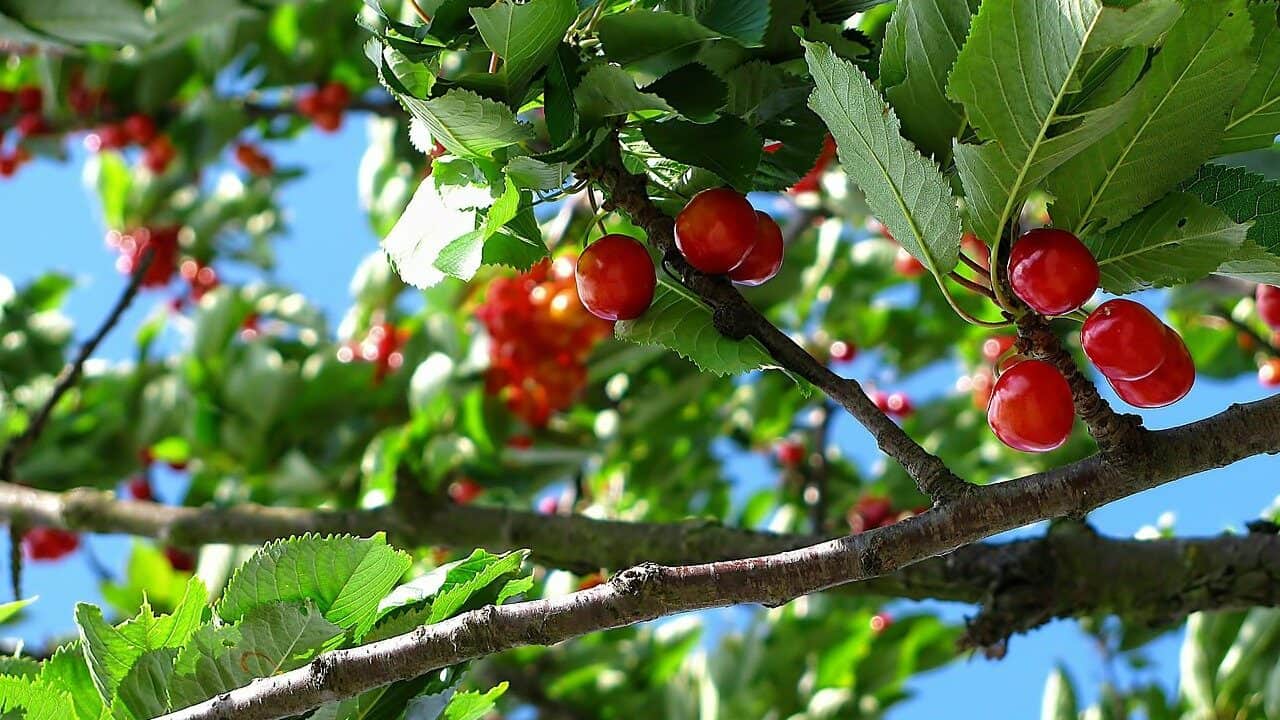
A tree’s health begins in its roots and progresses up to its trunk. Examine the trunk of your tree to determine that it is healthy and long-lasting. One unified trunk indicates that the tree is growing well, whereas two “competitive” trunks may reveal future vulnerabilities.
Leaves should be vibrant and seasonally relevant.
Keep a keen eye on your tree’s general texture. While there are certain exceptions, vacant spots where there should be wood or holey patterns in the leaves themselves could indicate the presence of undesirable creatures (such as insects or animals) or infection in your tree.
How to Examine the Health of a Tree
Checking for the health of your trees is relatively easy. Here are some signs to look out for
No Leaves on the Fruit Tree
The first thing you’ll tend to notice about a dying tree is that it has no leaves. This is especially in the spring and summer when the majority of the plants are in full bloom.
If you’ve seen that it hasn’t had any leaves for a few seasons, it’s logical to assume it’s dead.
If you’re still not convinced, walk around the tree and look for buds along the branches. If there are no signs of them everywhere, it is likely that it is dying or has already died.
When you realize your tree is dead, contact a professional tree removal service and get it removed as soon as possible.
Make Sure the Color, Shape, and Size of the Leaves are Correct.
The look of the leaves is a reliable measure of tree health. Ensure the leaves of the tree are the appropriate color for the season. Green leaves are a good indicator on evergreens all year.
Be aware of golden or multicolored leaves unless the tree develops them, usually in the spring and summer. This could be a sign that the tree is not absorbing enough nutrients and moisture.
Additionally, the tree’s leaves should not be dwarfed or abnormally. This symptom could indicate food shortage or insect damage.
Checking for Healthy Roots
Confirm a diagnosis with a physical exam. Carefully remove a tiny section of the bark to expose the roots. A dead root has a brown color beneath the bark, whereas a healthy root has a white or light-colored coloring.

Because many dead roots restrict water and mineral intake, root disease symptoms are sometimes confused with mineral shortages. Small, yellow, wilt foliage stunted growth; scorching; tufted leaves at the ends of branches; branch fungal disease are all symptoms of unhealthy roots.
Root disease is also indicated by fungal fruiting structures (mushrooms or conks) near the tree’s bottom and white mold growth beneath the bark. Indications of root problems caused by building damage or other harmful activities might develop months to years after the damage has occurred.
A Healthy Tree Trunk
A few telltale signals indicate that a tree isn’t thriving or is on the verge of serious troubles. Examine the trunk, especially the region nearest the ground, where the tree latches in and supports itself.
If there is any fungus forming on the wood itself, then it is a sign that the trunk of your tree is deteriorating.
Lichen and moss are acceptable, but fungus, mushrooms thrive on decomposing stuff and warns that your tree is on the downturn, something you may not be able to stop.
Carpenter ants, with their distinctive heaps and trails of shavings, are another symptom of degradation.
Pests and Diseases
You can expect early symptoms of illness and pests in late summer. During the summertime, it’s a great idea to check your trees once a week. Examine their bark, leaves, needles, and branches for any abnormalities.
Tree stress is similar to pest invasion in that it can be just as harmful to the tree’s health.
Bark Beetle
Bark beetles come in various shapes and sizes, and they can attack both hardwoods and coniferous trees. The beetle itself does not cause much harm, but the diseases that it distributes do. As they migrate from plant to plant, the beetles carry disease by transmitting spores.
A bark beetle infestation is indicated by trees with white or brown pine tubes (small aphid lumps) on the exterior of the bark or evergreens with reddish-brown tips extending from the top of the stem down.
Aphids
Aphids devour the fluid in tree leaf tissue, leaving behind honeydew, a viscous syrup. Aphid infections can cause distorted, curled, or yellow leaves and stunting new leaf growth.
Check for aphids on the leaf surface, or look for sooty fungus, often drawn to honeydew. An effective way to protect your trees from such insects would be by using a hail net.
Scale Insects
Scale insects consume the inner layer of a tree’s bark, causing yellowing of the leaves, regional development, branch dieback, and tree mortality.
Scale insects leave a coating of sooty fungus behind, and you inquire a few days to winter lest they reappear in the spring.
Now is the moment to be on the lookout for these dangerous bugs. Contact your local tree expert for treatments available if your tree is exhibiting unusual yellowing, reduced leaf or if you notice any of the following indicators of pest damage before it’s too late.
Conclusion
Beginning from the bottom up, physically assessing your fruit tree is a four-part evaluation. If you see an issue in the root, the tree will likely have more severe issues at the top.
A regular inspection of your fruit trees can make the difference between having healthy trees or having plants with advanced diseases that result in low crop output.
If you’re looking for the best strategies and tips to grow and care for your fruit tree, look no further because Eyouagro got your back. We have protective netting to keep insects, birds, and harsh weather away, as they can affect the health of your fruit trees.
We also provide netting accessories to meet your needs. Our main goal is to make orchard growers’ and farmers’ lives easier in taking care of their crops.
If you want to inquire, send us an email at info@eyouagro.com or visit our website at EyouAgro.

